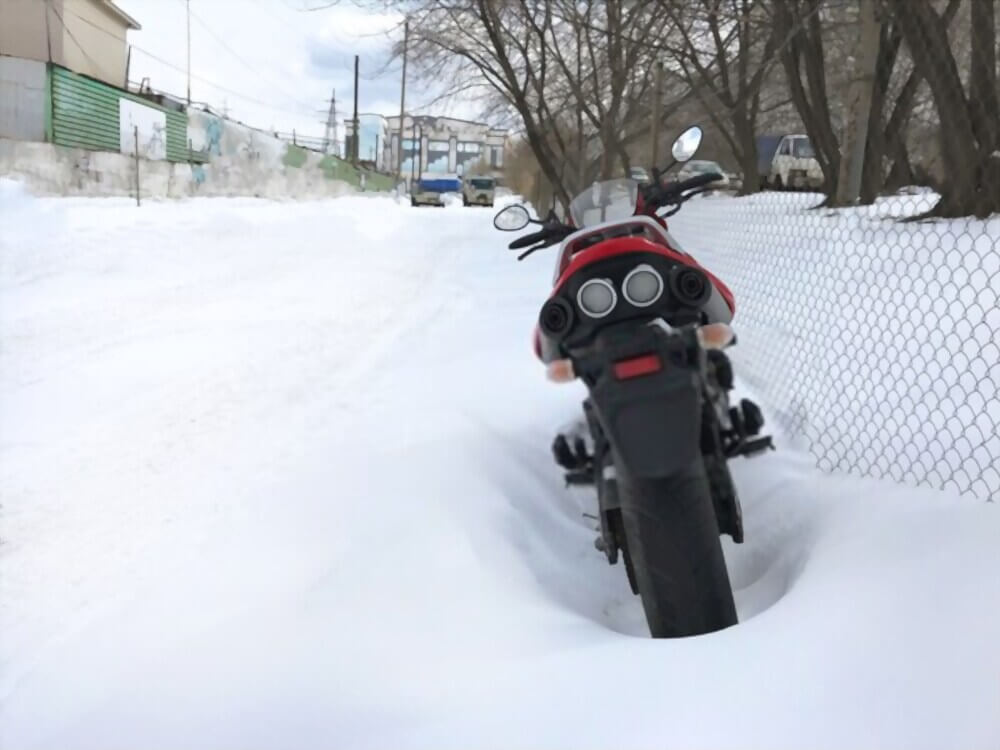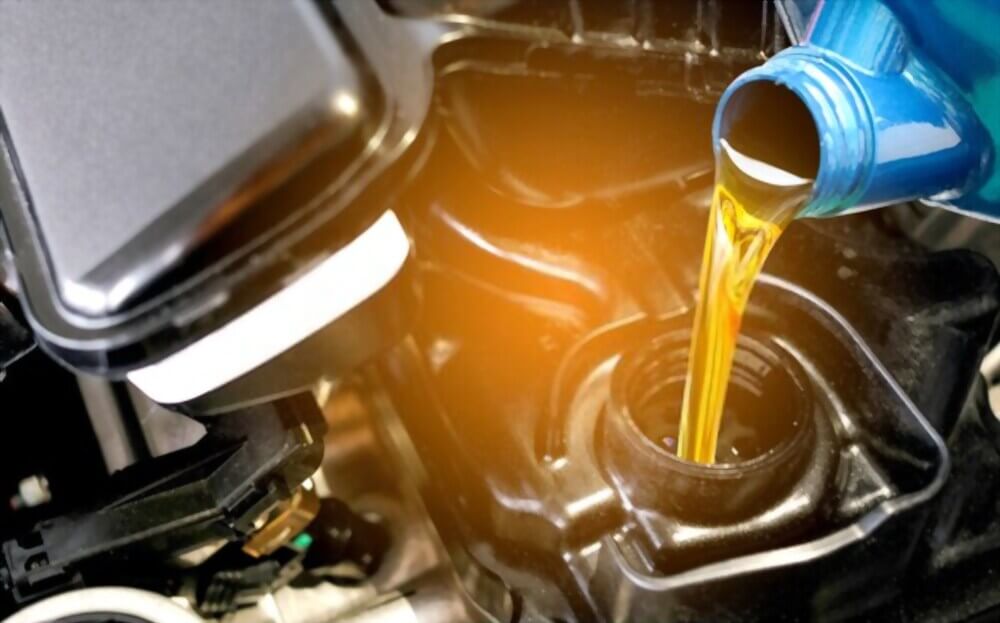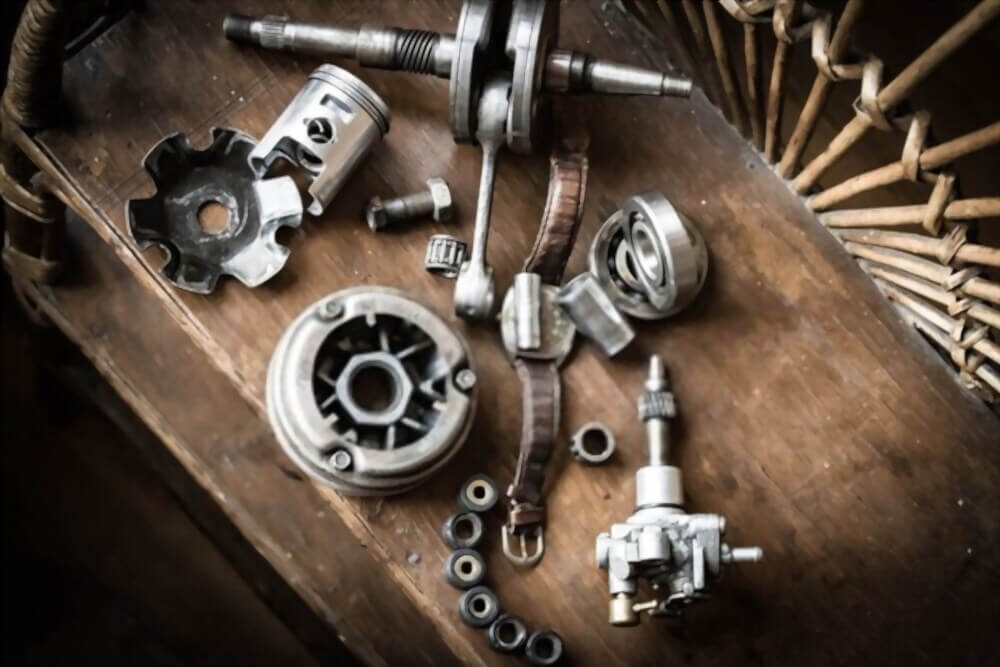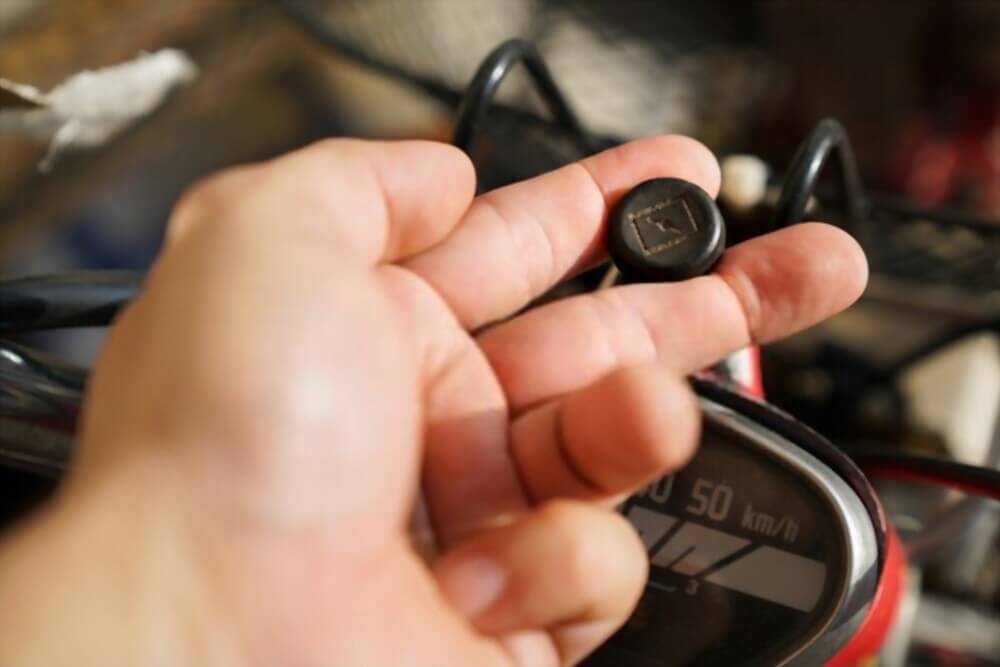Here the winter comes, and I hate winters as much as you do, it can cause various problems, and we can’t even go outside for rides. And the most serious problem happened when your motorcycle won’t start in the cold? This happened to me many times, and here are the things that you can do if this happened to you as well.
- Do Not Stress the Battery, it will discharge
- Keep the engine on idle, before going for a ride
- Keep your motorcycle warm
- Check the fuel and oil quality
- Check engine components i.e. wires, spark plugs
- Use the Kickstart
- Engage the Choke
Imagine this. You are in a hurry to get for a ride, you’re all set to get your day started. The weather is far colder than you expected but it doesn’t deter your spirit. You get on your motorcycle and expect to be underway.
Sounds like a routine day doesn’t it? Except, your motorcycle decides not to start and you’re left stranded. While this can be frustrating, you may not realize that this is a direct consequence of the colder temperature. Why does such a situation arise?
Motorcycle engines operate on the principles of combustion. The process requires a minimum amount of heat to keep the engine running. A drop in temperature could have adverse effects on the engine directly or other systems like fuel supply, which could prevent the engine from starting.
The next question on your mind would be “How do I get the bike to start?”
Use a kickstart if your motorcycle has one. Engage the choke while ensuring you do not stress the battery too much. If the engine sputters to life, keep idling the engine. Keep your motorcycle in a warm place. Check the quality of fuel and oil in the motorcycle, as well as engine components, and ensure it is serviced regularly.

If these pointers have helped you get a basic understanding of how to get your motorcycle started, read on as we explain the reasoning behind each tip, which will help you tackle this issue seamlessly in the future.
Table of Contents
Do Not Stress the Battery
Batteries hate the cold as much as your motorcycle engine does. The chemicals in the battery become less viscous in the cold, preventing it from reacting properly and providing the required electrical charge to spark the ignition.
The battery life also severely reduces if the motorcycle is kept in cold periods for extended periods. Signs that you are facing a battery issue including a clicking sound while engaging the electric starter motor, and headlights being dimmer than normal levels.
If your motorcycle isn’t starting, do not keep engaging the electric start switch. This really drains the charge in the battery, reducing its lifespan by a considerable margin. You could drain the battery to the point where you will not be able to start your ride at all.
Engage the electric motor for a period of around 5 seconds, before allowing it to cool down for a minimum of 20 seconds. This keeps the battery from draining and may also help you start the motorcycle quickly as the charge accumulates in that period.
Keep the engine on idle, before going for a ride
Amateur riders might be unaware of this important tip initially. After finally getting the motorcycle started, you might have the engine die on them at the first traffic stop. You will not only irk the surrounding traffic but can also panic and make more mistakes as a result.
An engine needs heat to function at optimum levels. While starting, an ignition spark helps combust the fuel and results in the engine roaring to life. If temperatures are very cold, the external conditions could reduce the engine temperatures quickly and significantly enough such that your engine will eventually stall.
As a result, it is essential to keep giving some throttle even if you are stationary. Doing so for around 10-15 minutes after starting your ride will help get enough heat into the engine for it not to stall henceforth. This will also help you get the best performance from your bike from this point onwards.
Keep your Motorcycle Warm
Keeping your motorcycle warm is more of a precaution than an immediate fix. Engines like heat and motorcycles like to be kept warm. Most garages are heated and insulated, for this reason, preventing engines from stalling due to cold starts.
However, this is not always an option, especially for those with outdoor parking options. In such cases, the best solution would be to have an insulated motorcycle cover to keep your bike warm.
This will not only keep the engine warm but will also protect the motorcycle from damage and scratches due to external factors like wind, rain, and insects. If this is not an option for you either, a practical solution would be to transfer heat to the bike externally.
You could use an electrical heater and a fan to do this, but the process will take about half an hour to provide your engine with adequate heat to start. This makes it an inconvenience, especially if you are crunched for time.
Check the Fuel and Oil Quality
Fuel can get severely degraded during the cold. The volatile components in the fuel do not evaporate as quickly as during summer. This affects the vaporization of the fuel while it enters the engine, resulting in improper combustion.

The fuel depleted mixture will combine with the cold and dense air to prevent ignition, which will prevent your motorcycle from starting. As a result, ensure your fuel is of the highest quality. Some gas stations have a winter fuel mix, which evaporates faster and helps the combustion to happen easier.
Engine oil is critical to keep your engine running smoothly, providing you with optimum performance as a result. However, the cold temperatures could increase the viscosity of the oil, preventing it from flowing normally. As a result, the oil increases friction, serving the opposite purpose.
— Also read: How to Maintain a Motorcycle During Winter (10 Easy to Apply TIPS)
This will prevent the smooth running of your engine, becoming another reason why your engine refuses to roar to life in the cold. For riders in cold regions, use a low-grade oil for your engine. These oils retain their viscosity at lower temperatures, ensuring you do not face too many issues during a cold start. It will also provide better performance through the winters
Check Engine Components
The last reason why your motorcycle may refuse to start is because of a serious issue with your engine. This could be due to worn spark plugs or an issue with the fuel injection and supply systems.
While spark plugs can be replaced with the basic know-how of how to fix motorcycles, more often than not, you will end up having to take your motorcycle to the nearest garage and get it checked.

A mechanic will have to check the tuning of your bike and inspect the engine components carefully to identify the problem that keeps your ride from starting. However, this will not be a quick and easy task, and you will end up having to reschedule for the day, adding to your frustration.
— Also read: 10 THINGS to Keep in Mind While Motorcycling in the Winter
A way to avoid this is by getting the engine checked on a regular basis. A well-serviced bike will not only provide you with optimum performance but will also ensure problems are detected at a very early stage.
This will end up not only saving your time but expensive part replacements at a later point in time. Be aware of your maintenance schedule, and do not delay regular servicing by too long. This will ensure valves and systems are checked, worn down parts are replaced, and your motorcycle is good to go whenever, wherever, no matter what.
Use the Kickstart
Using the kick start to bring your engine to life is the best fix for a cold start. However, modern-day motorcycles with their fuel injection systems have eliminated the kickstart all together.
Kickstarting involves kicking down on the lever while providing a little throttle. As a result, the ratchet mechanism creates an ignition spark, which allows your fuel to ignite in the engine, thus helping the engine start.
Kickstart can be tiring, but it protects the battery of the engine from being drained in cold conditions. Being a mechanical system, the kickstart is not as dependent on the external weather factors and helps the engine get the required heat it needs to operate without stopping.
Kick starts are actually recommended if a rider has a gap of more than 6 hours in between rides, in order to protect the engine and the battery.
Engage the Choke
The choke is another mechanical system that has been rendered useless in the modern era of fuel injection motorcycles. A choke restricts the flow of air to the engine, thus helping enrich the fuel mixture.
This is crucial in cold conditions, as the denser air will have more air molecules. As a result, restricting airflow will help provide the right fuel mix for ignition to occur.

The choke valve can be activated by a lever on most bikes. However, riders must take care not to leave the choke on while riding. It can lead to higher revs while the engine is idle and result in poor fuel efficiency due to the higher amount of fuel in the engine.
— Also read: How to Prevent the Damage Caused by Motorcycle Accidents, From a Rider’s Perceptive
Leaving the choke on while the motorcycle is turned off for extended periods of time could also be problematic, as it can flood the engine compartment and result in some starting trouble when you resume riding.
These are the few things that you can do to solve the problem, but if you still cannot start your motorcycle then you can read our detailed article about What to do when a Bike is not Starting After Long Time, this will solve your problem.